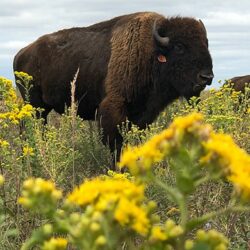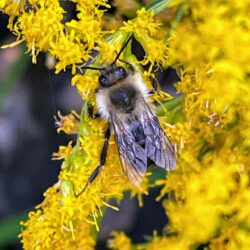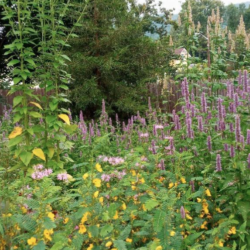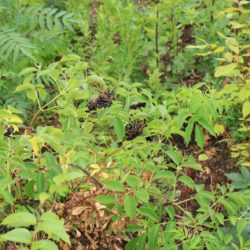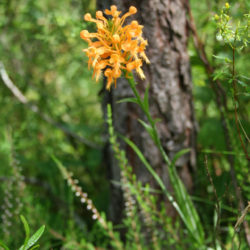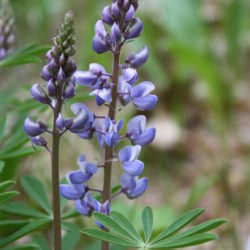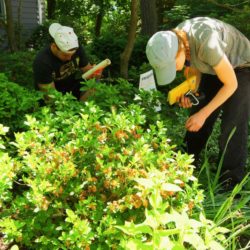There is no excerpt because this is a protected post.
Biodiversity
Sowing protocols and decision-making for growing native plants from seed
Written by: Will Larson Growing native plants from seed is a constant exercise in replicating habitat. We expose the seed to specific pre-treatment conditions to simulate the contexts and pressures…
Field Conservation at Zoo New England
Originally published by Zoo New England. Republished with permission Written by: Matt Kamm, Zoo New England Zoo New England, the organization that runs the Franklin Park (Boston, MA) and Stone…
Pollinator Protection in Suburban Boston: Buzzworthy News
Written by: Breeka Lí Goodlander, CWS, Town of Franklin, MA “Save the Bees,” “Pollinator Patch,” and a myriad of other slogans are common-place today. One can’t travel far without seeing…
The right way to leave stems for native bees
This article was originally published by the Tufts Pollinator Initiative and has been edited for membership clarity. Written by: Nick Dorian, Tufts Pollinator Initiative (TPI) The life cycles of…
Reintroducing bison to grasslands increases plant diversity, drought resilience, study finds – Kansas State University
Originally published by Kansas State University. Reprinted with permission By: Erin Pennington MANHATTAN — A Kansas State University-led study has found that reintroducing bison — a formerly dominant grazer —…
Bee it Known: Biodiversity is Critical to Ecosystems – Rutgers University
Originally published by Rutgers University. Reprinted with permission. By: Kitta MacPherson A Rutgers-led study on bees shows how different species pollinate the same plants over time Rutgers has conducted the…
Tips, Tricks, and Techniques
Tips, Tricks, and Techniques Written by: ELA Staff Zach McElgunn and Amy Nyman, Horticulture Outreach Manager, New England Botanic Garden at Tower Hill This month, ELA takes some quick tips,…
Myawaki Forest in Cambridge, Mas
MYAWAKI FOREST IN CAMBRIDGE, MASS. Written by: Leslie Duthie It is a beautiful 50′ circle of green in the dry park. Despite the severe drought, the trees look good and…
Current Climate
First Step to Maintain Biodiversity? Acknowledge Indigenous Knowledge as Science Written by: ELA Director, Mads McELgunn, MA Since reading Robin Wall Kimmerer’s 2013 book, Braiding Sweetgrass, I’ve been patiently waiting…
Restoring a Pitch Pine-Oak Upland Forest at Norcross Wildlife Sanctuary
Restoring a Pitch Pine-Oak Upland Forest at Norcross Wildlife Sanctuary Written by: Dan Wilder, Director of Wildlife Ecology, Norcross Wildlife Foundation Norcross Wildlife Foundation is located in south-central Massachusetts and…
Could We Manage Backyards to Increase Biodiversity?
By Christopher Neill
Woodwell Climate Research Center and a group of scientists across the country report on groundbreaking research into how American homeowners shape the structure and ecology of yard ecosystems. The project team contacted homeowners, took measurements in their yards, and conducted homeowner surveys. The report examines not only how homeowners shape their yard ecosystem, but also why they do what they do.

